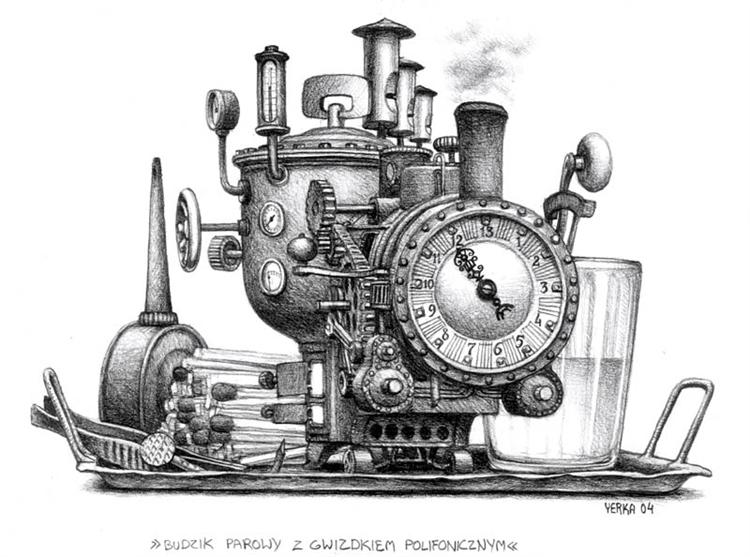As cities-within-cities, education communities are a large market for concrete manufacturers and installation contractors. The pathways built from aggregates (“sidewalks”) are central to the function and character of the campus. Construction and maintenance of these pathways — the cost of which depends upon the appropriate specification and application of aggregate technologies — are a significant cost center. They can also present pathway travel hazards and drainage problems.
The application of permeable pavements in recent years has gathered pace. Permeable pavements typically consist of pervious concrete, porous asphalt, or interlocking concrete paver units over an open-graded base or subbase layer(s). Permeable pavements are designed to infiltrate stormwater, reduce peak flows, improve stormwater quality, and promote groundwater recharge. They have become an integral part of low-impact development, sustainable design, green infrastructure, and best management practices for stormwater management. In order to be effective within municipal road networks, permeable pavements must be designed to provide sufficient structural capacity to accommodate the anticipated vehicle loadings while managing stormwater flows into and out of the permeable pavement.
The American Society of Civil Engineers titles are widely referenced in public safety statutes and in construction documents. It maintains public access to its standard development enterprise at the link below:
ASCE Codes & Standards Home Page
Last year we reviewed the redline of its standard for the application of these materials — Standard for Design, Construction and Maintenance of Permeable Interlocking Concrete Pavements. — most of which dealt with administration, wordsmithing and harmonization with related consensus products. There were no technical changes that we felt were important that were not covered in installation contractor specifications.
Comments are due January 18th.
![]() As of the date of this post two other relevant titles open for consultation:
As of the date of this post two other relevant titles open for consultation:
- Public Comment on Supplement 3 for ASCE/SEI 7-16 Minimum Design Loads and Associated Criteria for Buildings and Other Structures –
Comment Deadline July 11, 2021. - Public Comment on ASCE/SEI 7-22 Minimum Design Loads and Associated Criteria for Buildings and Other Structures –
Comment Deadline August 2, 2021.
The titles listed above are not directly related to Aggregate Pathways and very often the same engineering professionals that guide structural concrete best practice are involved in best practice for aggregates in the pathways. Different materials and practice; same engineers. CLICK HERE to key in comments into the ASCE Public Comment facility.
The ASCE catalog is a foundational catalog for all infrastructure in the United States and is continually monitored by our algorithm. We maintain its best practice titles relevant to our industry on the standing agenda of our Pathway and Bucolia teleconferences. See our CALENDAR for the next online meeting; open to everyone.
Issue: [18-51]
Category: Civil Engineering, Bucolia, Pathways, Water
Colleague: Jack Janveja, Jerome Schulte, Patti Spence
More
ASCE/COS 73 Standard Requirements for Sustainable Infrastructure
Purdue University: CE57200 Prestressed Concrete Design
Pennsylvania College of Technology” Concrete Science Technology
Lakeland College: Aggregate Technician Certification






















